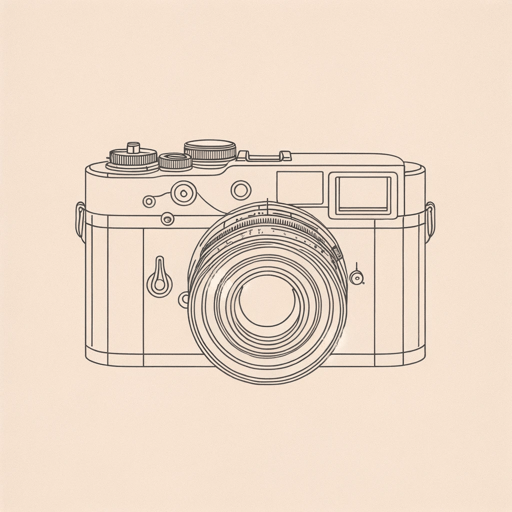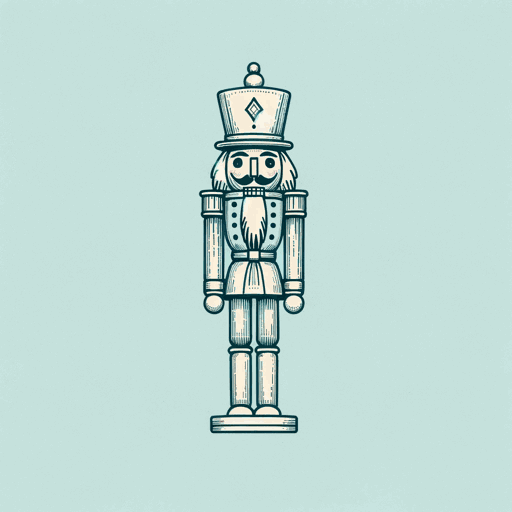73 pages • 2 hours read
Anthony MarraMercury Pictures Presents
Fiction | Novel | Adult | Published in 2022A modern alternative to SparkNotes and CliffsNotes, SuperSummary offers high-quality Study Guides with detailed chapter summaries and analysis of major themes, characters, and more.
Important Quotes
“So much of a movie’s meaning came down to who it deemed worthy of a close-up, a perspective, a face. But within the zoomed-out omniscience of the miniaturist’s gaze, all were worthy, as if the camera had pulled back until it held every bit player in its frame.”
(Part 1, Section 1, Chapter 1, Page 14)
The perspective in the miniature scale model of the studios is compared to the cinematic perspective, with its penchant for close-ups that favor one point of view to the exclusion of others. The scale model is a symbolic representation of the guiding vision of the book, with its constantly shifting narrative perspective that provides space for the viewpoints of even the most minor characters.
“Several of her relatives, including her mother, had vanished into the water that day, disappearing with such finality it seemed they hadn’t drowned but dissolved into the froth. After Annunziata moved North and married Giuseppe, she purchased herself a plot in Rome’s Verano cemetery. The mason she spoke with guaranteed his tombstones would remain legible for at least two thousand years. When the time came, she wanted her name inscribed in big, capitalized letters, so no one would have any trouble finding her.”
(Part 1, Section 1, Chapter 2, Page 28)
Following the earthquake and tsunami that wrecked her life and took away her mother, Annunziata seeks to possess a piece of the earth that she has seen shaking and washed away beneath her feet. For Annunziata, the burial plot represents an attempt at permanence and stability in a world in flux.
“Its pages held hundreds of passport photographs pieced together, fixed with paste, provisioned with names, dates, destinations. The left half of each was punctured by a pushpin but otherwise unblemished. The right half, however, was folded, stained, and faxed by each weather-beaten mile of its journey. Maria couldn’t fathom the distances compressed into the seams of these reassembled passport photos.”
(Part 1, Section 1, Chapter 2, Page 31)
The two halves of the passport photos represent the fragmented identity of the immigrants. One part of them remains unaltered, rooted in their home, while the other is profoundly changed by their new country. The photos also represent the rift between old and new and the struggle for immigrant parents and children, though of one blood and culture, to understand each other, as one generation clings to the past and the other feels torn from the past and thrust into the unfamiliar.
Related Titles
By Anthony Marra



